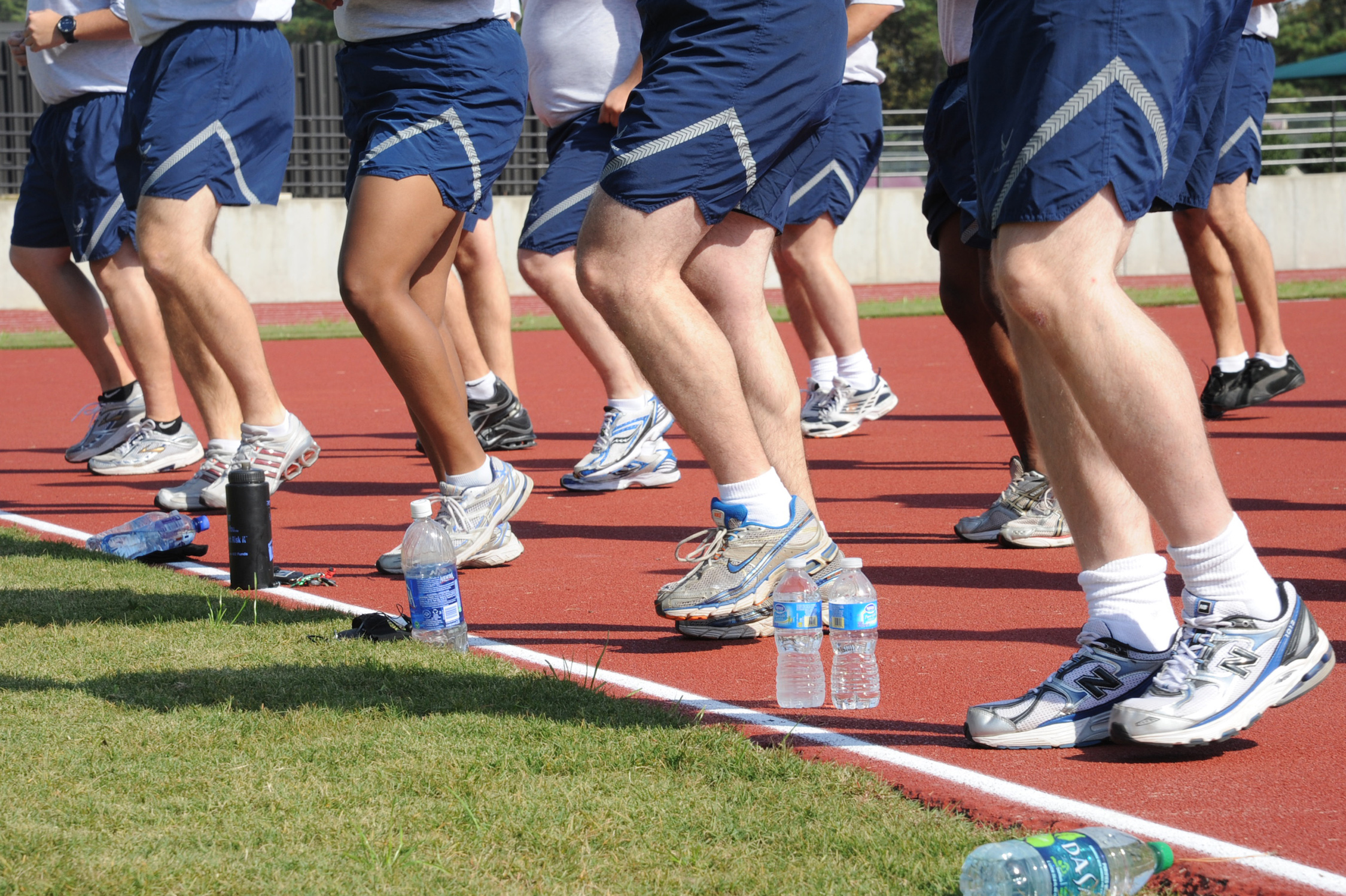
The knee is the connecting link between the upper and lower leg. Discomfort at this joint can represent in a variety of ways, so it’s important to understand the basics of what the knee reacts to. Let’s make sure we know how to keep the major joints of the legs healthy as time goes on.
Joints are simple structural spaces where two bones connect. They allow motion at different degrees depending upon where they are and what their function is. The knee is made up of two bones; the distal end (bottom) of the femur and the proximal end (top) of the tibia. The femur is the longest and strongest bone in the human body and connects the power, support, and control of the hip musculature to the lower half of the leg. The tibia is the lower leg bone that connects the knee to the ankle and foot. It’s important to understand that whatever is happening at the hip and ankle has direct impact on the knee.
Two bones are held together by ligaments, and the knee has four of them:
-The ACL (anterior cruciate ligament) connects through the middle and front of the knee joint. If your body can’t control rotation or is put through excessive rotational force, the ACL will take the hit.
-The MCL (medial collateral ligament) helps stabilize the inside of the knee joint. The LCL (lateral collateral ligament) helps stabilize the outside of the knee joint. If your body cannot control lateral motion well, to the inside or outside, these two ligaments will take the hit.
-The PCL (posterior cruciate ligament) connects the knee joint on the back side of the leg. If a force hyperextends the leg in a manner that cannot be controlled, the PCL will take the hit.
The meniscus is the cartilage that acts as a cushion between the two leg bones. Each knee has two menisci, the medial (inside) and lateral (outside). The cartilage is designed to last, but can be damaged in a few different ways. Inefficient movement patterns can place extra stress on either side of the meniscus. Someone who represents as “bow legged”, or varus, puts extra pressure on the inside cushioning with every step. The opposite goes for a “knock kneed”, or valgus representation. A meniscus can get worn down after years of inefficient loading. The more obvious tear is when a force drives the two bones in opposite directions.
The patella, which is the knee-cap, sits in a groove at the end of the femur and slides up and down this groove as the knee bends. It is attached by tendons to both bones. Similar to the meniscus, chronic pain can develop as a result of inefficient movement. An incident can forcefully tear the tendons or knock the patella out of its track.
There are dozens of muscles, layers of fascia, tendons, and ligaments that cross connect the hips, femur, knee, tibia, and foot. It’s important to take both a local and global approach when considering the best treatment, rehab, and function of the muscles and joints. When there is an accident, the specific injury to the knee must be repaired. To restore strength and function, the entire chain must be accounted for.
This is even more important when dealing with chronic conditions, or pain that has developed without an incident. Modern practice still gears its treatment towards the symptoms, it’s how medicine and insurance works. Understanding the importance of the hip and ankle in relation to knee function will enhance all rehab and prevention protocols.
Here’s some tips to remember:
- Regular and varied movement will help keep muscles and joints at optimal function.
- Too much sitting will have a major impact on your body mechanics.
- If you have knee pain, immediately consider the hips and feet…on both sides!
- A chronic knee condition that starts on one side of the body is a major indicator that your body mechanics are off.
- If you are focusing on a rehab protocol to strengthen the muscles around the knee, make sure you finish with exercises that resemble upright function. The body’s neuromuscular system interprets isolated movements very different from integrated ones (i.e. leg raises with ankle weights vs. single balance with reach).

